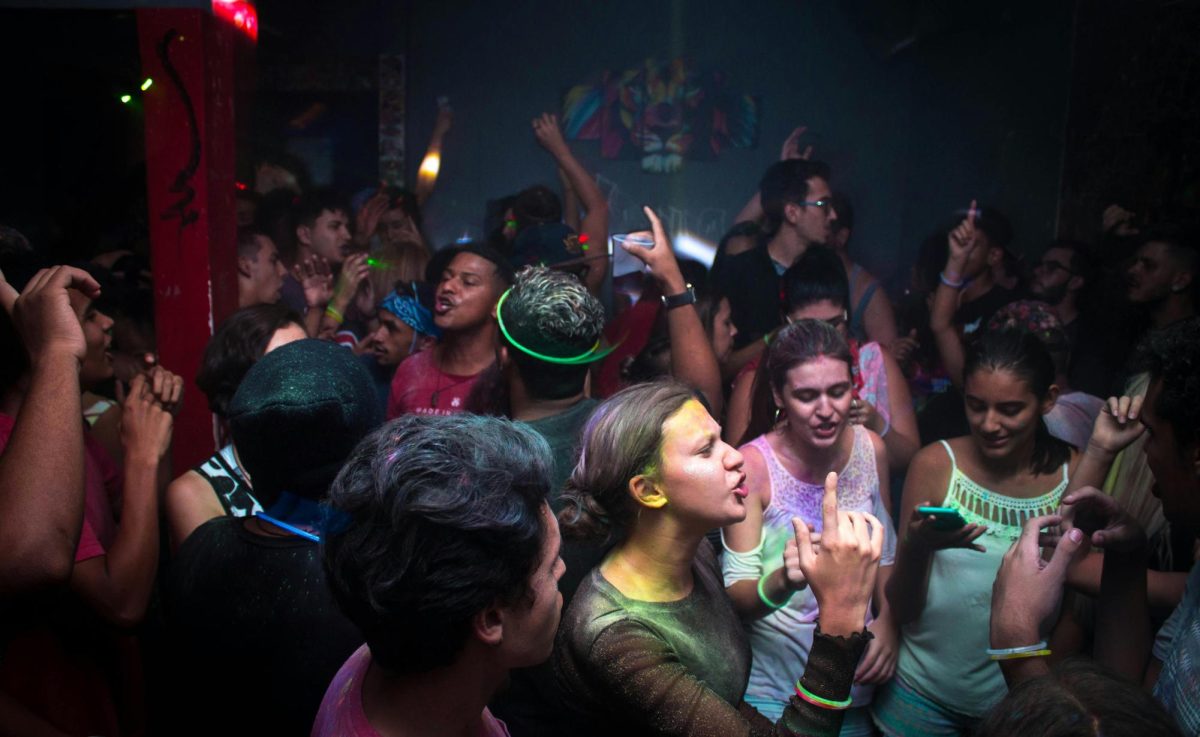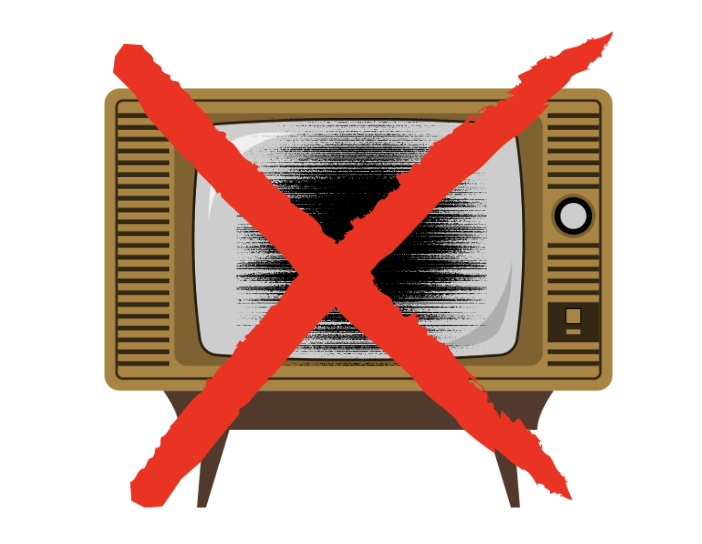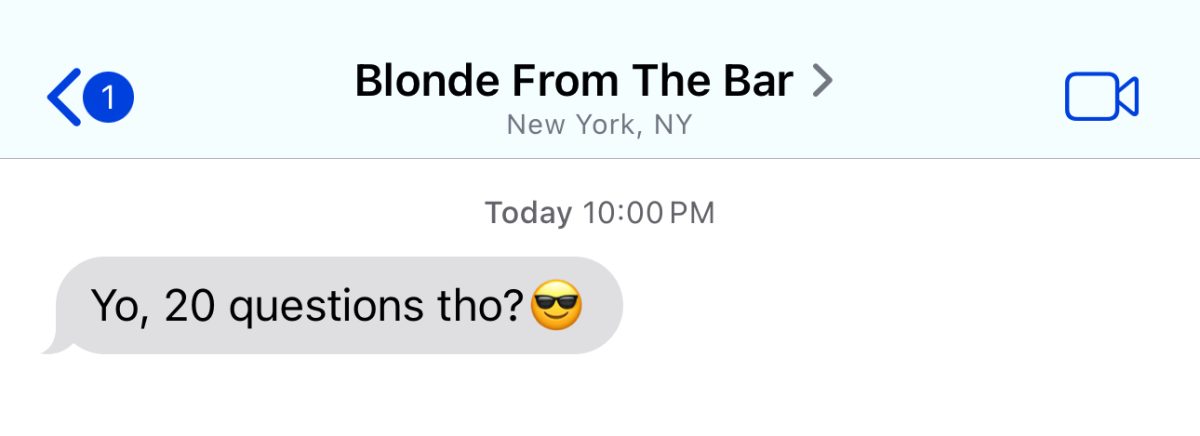Around the world, the pressures of academics continue to grow, causing large numbers of students to report emotional, physical and mental exhaustion as a result. As academics and universities fail to address these issues, the concern for students’ emotional and physical well-being persists. These feelings and their accompanying effects are called academic burnout, an issue that many students, including those at the University, face every day.
Academic burnout can cause students to experience emotional exhaustion, depersonalization and a lack of personal accomplishment. These effects can be seen at all levels of schooling and only grow as students’ academic careers continue. The National College Health Assessment reported that 80 percent of college students in the United States report feeling overwhelmed, and 40 percent of students reported that it has caused them difficulty functioning.
Despite these overwhelming and sometimes isolating feelings, universities worldwide are taking steps to ensure that students maintain long-term success in their academic and personal lives. Without tangible intervention, these issues can spread beyond the classroom, affecting individuals in their careers. A number of studies have been conducted to discover the causes behind academic burnout and find ways to break students out of this cycle. Research notes that heavy course loads, personal factors such as perfectionism, maladaptive coping skills and outside pressures from parents and professors are the main causes of academic distress.
According to statistics regarding academic burnout worldwide, it is clear that many within our own University are struggling with this issue. University senior Madison Nophsker, studying Stage Management at the Sands College of Performing Arts, said, “A majority of my professors say they are very understanding of these struggles. However, very few of them actually are. When it actually comes down to it, they usually believe their work is more important than whatever struggles we are having unless you provide a doctor’s note.”
Senior Michelle Crespo-Gonzalez also shared her thoughts about the lack of empathy from professors at the University: “I have had only a few professors be understanding of the struggles from mental health and burnout. Both being Dyson professors. Other professors do not take the time to understand… In [a] period of academic burnout I actually was not met with much compassion from some professors; I had circumstances where some professors suggested I drop their class because I was not going to be able to meet their standards of work. In other words, they were not willing to be more accommodating despite the fact that I was experiencing a low with my mental health, leading to academic burnout.”
With only a 49 percent graduation rate at the University, students are left to wonder: is the University protecting students?
Academics at the University
However, despite these rising concerns, university academics are taking measures in their own classrooms to prevent academic burnout and mental health issues.
Professor Lindsey Lee, a longtime Setter, candidly recalls moments academic burnout had derailed her own educational and professional pursuits, “… that ended up with me in the psych ward,” she shared as we discussed her outlook and experience with burnout and the ways she combats it in her own classroom.
Despite her long history with the University, Lee’s curriculum is unlike many others at the school. With a looser attendance policy, no hard deadlines and contract grading, Lee’s class seems like a piece of cake at first glance. However, Lee explained that these relaxed measures tend to be challenging for honors students in her classroom, “I’ve had students tell me they just weren’t going to do a paper and would take the B.” She continued by explaining that most can’t function effectively without external deadlines set for themselves and how her coursework is structured to teach students to set their own expectations and deadlines for their work.
Lee spoke about her outlook on academic burnout, stating she believed that burnout was present when a student could no longer do their work, meet deadlines or achieve while functioning healthily.
Her close work with honors students and professors has allowed her to focus on combating the effects of mental health struggles and burnout symptoms that come along with the academic mindsets of honors students. Her first implementation of this work in her curriculum was incorporating a mid-semester mental health day. This provides students with a safe space to speak about their own mental health struggles, relating to classmates and herself, showing students that they’re not alone and that someone in their life cares enough to listen.
We both recalled a day from my own time in her class in which a classmate was able to release pent-up emotions and stress from personal issues in her life. Lee’s mindfulness and empathetic nature provided students with a moment in which they were able to open up about more than academic struggles, creating a safe environment and, in turn, deeper and more truthful classroom discussions in later sessions.
Lee’s English 201 course syllabus reads: “Please do not be nervous or afraid to contact me. I know that sometimes things happen in life that can prevent us from being successful. Or sometimes we don’t know things and are afraid to ask (like how I never asked someone what the difference between public and private loans is until it was nearly too late). Or sometimes life itself doesn’t seem to be working out and we are overwhelmed. I have been dealing with this thing called life for a while now and it still kicks me around a fair amount. I am empathetic to your troubles and am happy to help you if you reach out to me. If you are struggling, I can help, so please don’t suffer alone.”
Lee also implemented a no-attendance policy, a growing tactic in schools around the world, including in other classrooms at the University. However, Attendance policies have been met with harsh criticism by students from both sides of the argument–supporters of no-attendance policies and supporters of mandatory attendance policies. There are concerns that when given the choice of attendance, students won’t show up, won’t learn the material and, in turn, won’t succeed in their classes, while others counter by saying that attendance does not have to be a measure of success in the classroom and an allowance of days off could improve the mental health of students.
Crespo-Gonzales stated “No attendance policies can be helpful if utilized properly and responsibly because it allows students flexibility to manage their schedules and prioritize their overall well-being. Based on what I have witnessed and experienced, it can often be taken advantage of, resulting in students falling behind because of inconsistent attendance. It makes it easier for students to disengage without the structure of a regular class schedule and participation which can also lead to academic burnout.”
Students have also voiced their opinions nationwide, taking to collegiate newspapers to express how they feel about these policies.
However, despite this policy, Lee notes in her curriculum the importance of participation and discussion in grading in her classroom. Lee’s changes in her curriculum continue with the implementation of contract grading in her classroom, outlined in her syllabus as follows: “Contract grading is a way of allowing students to be in complete control of the grade that they get. If you want an A in the class, you can get one. If you do not feel you have the time to put in that level of work, you can choose to earn a C. Your grade is in your hands.”
At the beginning of the semester, students outline their goals for the class and how they will achieve their desired grade. They then write an end-of-semester letter to Lee detailing whether they met these expectations and, as a result, what grade they believe they deserve.
Papers in Lee’s classroom are not returned with a grade. Instead, students are given feedback on their work to implement in further writing in order to achieve their desired grade. Lee has found, however, that students often become frustrated not having a specific measure of their success in her classroom. In turn, they have to detach themselves from a letter grade as a measure of their success, combatting previous beliefs of self-worth tied to outside validation.
When asked whether she believed academic burnout has increased in recent years, Lee said that something like that isn’t necessarily measurable and that, to her, everything seems worse at the moment. Lee shared her thoughts about whether academic burnout and mental health were topics of ongoing conversation at the University. She believes that while it may be a topic of discussion within the Honors College, she can’t speak on the status of these conversations on a larger scale within the University. However, as someone who has experienced academic burnout, Lee voices these concerns with fellow academics and colleagues while implementing potential solutions in her classroom.
Lee’s work at the University sets an example for others while actively engaging in conversations with others at the Pforzheimer Honors College on ways in which they can help students ease academic pressures.
“There are some professors who, despite many complaints from students, will not try to make a change to their curriculum. From the perspective of students, some professors have this unrealistic expectation that their class is the only class we prioritize,” stated Crespo-Gonzalez.
The Future of Academic Burnout at the University
Despite the widespread issue of academic burnout, Lee said she is committed to working with other academics and actively contributing to conversations within the Honors College to address further concerns about academic burnout. During our conversation, Lee was honest about her continued struggles, sharing that she and other academics continue to face burnout in their careers.
Faculty at the University continue to face rising costs of living despite stagnant wages. Many professors have resorted to working multiple jobs in order to support themselves on such low wages.
While dealing with advising hundreds of theses per semester, teaching multiple classes and continuing her work supporting students’ mental health, Lee stated she, too, was burnt out from putting the wellbeing and success of her students first, even at the expense of her own mental health.
Students at the University shared their thoughts on measures being taken in our classrooms and what they think can improve the academic environment for students and faculty. “[The University’s] attempt to combat academic burnout is their resources such as support systems, clubs, organizations and one undergraduate study day. Although these things are provided, they are useless due to the lack of awareness for them and that we do not get more than one day to study. Many other institutions or universities give students a week to prepare for finals. We went from having two study days to now only having one day. I feel [the University] tries to combat academic burnout, but they are failing miserably with their lack of resources being utilized and lack of understanding for the severity of the burnout,” Crespo-Gonzalez said. She added that she believed more flexible deadlines, like those presented in Lee’s classrooms, and more availability for Zoom classes would heavily impact academic burnout, not only for herself but all students at the University.
The large-scale nature of this issue must be taken seriously beyond personal choices made by faculty in their own classroom. “I have only seen measures be taken on a personal level. Some of my professors will allow extensions with no penalty as long as they get an advance notice. But I have never seen any larger scale measures,” stated Nophsker.
The importance of this ongoing conversation at the University is clear. With work from University faculty and staff, such as Lee’s, setting the tone for more compassionate and understanding professors, the curriculum can be shifted from focusing on faculty success and knowledge to the success of the individuals in their classroom, something that looks different for each student. In the spirit of the University’s mission of “creat[ing] opportunities for students to discover and fulfill their potential,” Lee is creating change before further compromise to students’ and faculties’ mental health and well-being is made.







